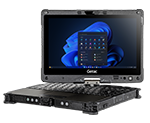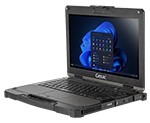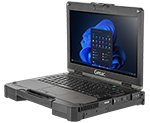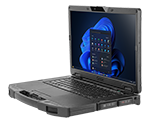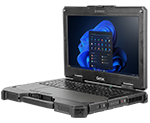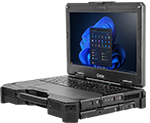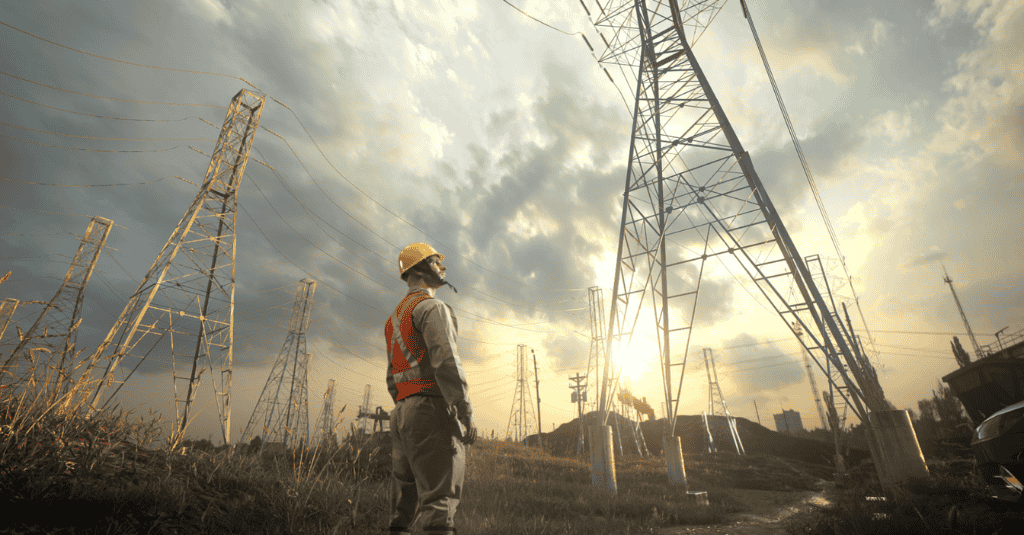Talent no longer needs to be bound by geography.
This simple notion has powerful implications, as we've found throughout the COVID-19 pandemic. In addition to that, we've learned that we can adapt to nearly any situation given the right motivation and that there are multiple solutions to most problems. True disruptive innovation is possible with a fresh perspective on approaching and solving problems.
Nowhere is this disruption more evident than in the automotive industry, which is in the midst of a revolution not seen since the mass-production assembly line in the 1920s. Electrification is here to stay, with major vehicle manufacturers investing billions into electric cars and autonomous driving. We can expect around 15 million to hit the roads globally by 2025. These vehicles bring unique technical challenges, such as batteries in place of internal combustion engines (ICE), significantly different thermal management opportunities, and the need for a constantly-updated map of the surroundings. Manufacturers turn to the IoT to innovate solutions to these massive hurdles like many industries.
As more electronic vehicles (EVs) permeate society, one additional challenge that will become a limitation is skilled service technicians. It's estimated over 640,000 will be required between now and 2024. Despite EVs having fewer complex drivetrains due to the removal of ICE, repairing these vehicles presents new and different challenges than currently.
Hybrid, electric, and autonomous vehicles of the future contain features that require a new kind of specialized support. With so much of EVs and autonomous cars tied to the data generated and collected through connected car strategies, modern-day technicians will need to learn how to service and repair vehicles with more reliance on technology.
Augmented (AR), Virtual Reality (VR), and Mixed Reality (MR)
AR and VR are already staples of automotive repair. Augmented reality overlays a virtual field onto the real world, leveraging the depth, size, spacing, and relationships of the actual components in the vehicle. Virtual reality creates an entirely digital environment where an engineer can collaborate with a remote expert for advice or guidance.
AR is a powerful technology in adding remote expertise to automotive repair. It is beneficial for technicians as it can add digital features to a vehicle and share them with the offsite expert, who can assist the technician with the diagnosis and further instruction. Connecting to a remote expert opens the globe for the best expert in a given area. It simultaneously provides the technician a training opportunity to learn from the expert to gain the expertise themselves. This practice is similar to how the healthcare industry applies this technology to train surgeons for complex procedures.
We have seen evidence of this with the AR glasses worn by a technician but are not preferred by all, as they can be fragile, uncomfortable, and costly. Another approach is by using IP workshop cameras that wirelessly tether with a rugged tablet to interface with the remote expert. Giving the Technician a hands-free working environment without the need to look like robocop may have a better chance of adoption. It is critical for the in-shop equipment to withstand the environment, so selecting a workshop-ready solution for the job is an important step.
Diagnostic Scanning and Data Collection
Understanding the nature or type of failure in a vehicle of the future is a crucial part of a technician's job. For example, suppose an autonomous vehicle cannot accurately map the external environment, or an EV battery cannot hold a charge. In that case, the service technician will need to assess the condition before determining how to fix the issue. Applying PC-based diagnostics is an effective way to attack this problem.
For a complex software issue requiring remote expertise, the mechanic can collect data on a rugged tablet, tabulate or plot on the spot, and send it to a remote expert for analysis and diagnostic support. Then, the tablet connects with the manufacturer's software to process the results, and the remote expert can recommend and send corrective measure software patches and updates over the network – in real-time.
Electronic Vehicle Health Check
During routine maintenance, repair shops typically provide an inspection of the vehicle as a courtesy to the customer. However, as vehicles of the future increase in complexity with new technology and machine-controlled features, drivers become less able to service the vehicles themselves. As a result, technicians need to improve their ability to inspect and recommend needed maintenance. In addition, the driver will have to trust and rely on the technician’s recommendations for whether they need a service procedure.
As a result, it is essential that the technician feels confident in recommending a repair step to the customer and being able to show the customer in real-time what the issue is. The complexities of future vehicles apply to service techs, too, so engaging a remote expert to verify the proposed repair can give the mechanic confidence in their suggestion. In addition, utilizing an objective third-party or OEM-sponsored remote expert can provide the consumer peace of mind that the recommended service is needed.
One challenge users have with many current inspections is paper documentation. Implementing an electronic vehicle health check (EVHC) creates a digital record of the recommended service, ensuring the consumer has as much information as possible to decide when and if they want to proceed with the service. In addition, the mechanic can use the EVHC to engage a remote expert during the health check inspection efficiently, saving substantial time and allowing the driver to have the validated offer presented to them while at the shop.
Digital Owner's Manuals
The manual is often a bulky and hard-to-navigate publication shoved to the bottom of a vehicle's glove compartment. Providing technicians with up-to-date maintenance guidance from digital technical publications can improve the quality of vehicle repair speed. While this benefit applies to any car in for service, it is especially true for the electric and autonomous features of future vehicles.
A mechanic can load the user manual on a rugged tablet with the latest updates, clarifications, recall information, and other guidance from the OEM. Putting this information directly into the technician's hands improves the first-time-fix ratio.
Rugged Mobile Technologies
The technologies that enable remote expert support of automotive service repair reviewed above have a common theme: they require a rugged, compact, capable device that processes information efficiently and withstands the operating environment. Rugged tablets provide an ideal solution to enable technicians to diagnose an issue in the shop environment, verify the corrective action, and propose a solution. They can also connect the mechanic with a network of remote experts who can assist and train them on the best approach methods for the service – on the spot.
Another technology solution is implementing AI-based software for intelligent workshop planning of shop repair tasks. The software assigns tasks to technicians based on skill and certification, available bays, parts, special tools, and OEM policies. The software unclogs resource bottlenecks and ensures technicians only get the jobs they are qualified to work on, such as high voltage work.
Takeaway
Electric and autonomous vehicles of the future are already here. More than ever, technology and innovation will have to play a key role in improving repair and maintenance organizations' safety, quality, and accuracy (first-time fix).
Technicians will rely on remote expertise and operate in a digital sphere using rugged tablets, AR, VR, and MR to simplify complex tasks. Cars are now connected so technicians can be at their most productive.
Visit Getac's automotive solutions to learn how the industry can benefit from rugged mobile technologies.

